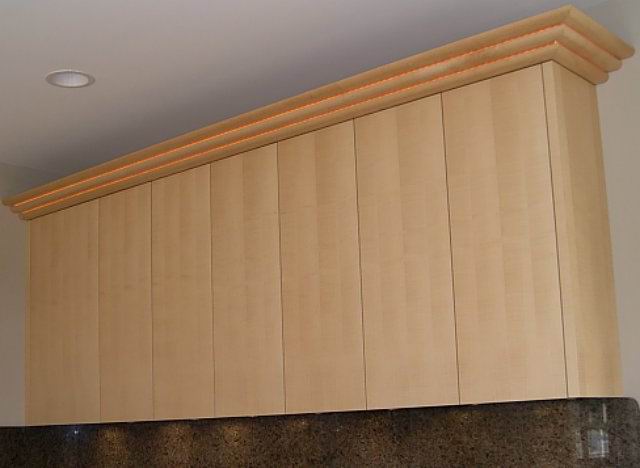MDF and Shaper Cutter Life
How much wear and tear does MDF cause for knife edges? August 31, 2010
Question
I have read many comments about MDF being hard on shaper cutters. Just how hard is MDF on cutters?
Forum Responses
(Cabinetmaking Forum)
From contributor A:
Some MDF is better for shaping. We have used Plum Creek with good success. Carbide will dull immediately just enough that you cannot cut wood without sharpening, but will still be able to cut MDF for a time. (A day? A couple of days? Depends on all factors involved.)
From contributor D:
I've done lots of raised panels in MDF and then run softer woods like alder and poplar with decent results. Sure, MDF will dull your cutters faster than most hardwoods, but not nearly as fast some like ipe or anigre.
From contributor M:
You can run at least a couple of hundred raised panels in MDF. We usually take a couple of passes. That sounds like a pretty good amount of cutting to me. The very tip of the carbide will be abraded pretty quick, so it doesn't do as great job on wood afterwards. MDF will kill router bits quickly due to excessive heating and abrasion. Router bits have nowhere near the life of shaper cutters by an order of magnitude.
From contributor L:
I don't find MDF to be as bad as most people say. I have a Ritter MDF door machine and used a lot of Plum Creek MDF. We use the Whiteside MDF door bits in our machine and the bits last a long time. I would say we run a couple hundred doors before a touchup sharpening. I have a diamond sharpener I touch the bits up with, and off to work again. I would guess I get around 3 to 4k doors out of a bit set.
From contributor M:
Whenever applying a shape to MDF, either with router, shaper or moulder tooling, use the moulding grade. This is new wood fiber, made in a consistent density from core to face. The cutters are damaged by the heat generated at the line where the hard surface is being cut. Other less expensive products have a soft core and a hard Masonite-like face that may also contain contaminates that will bug up the tooling. As the tooling gets dull, the surface gets a suede-like finish that is tough to sand because the fibers lay over rather than get cut.
From contributor G:
Diamond (PCD) works the best in MDF. Not saying that carbide tipped won't do the job, but it won't last as long as diamond. Carbide is great for shorter runs. If you are going to use the same profile, a PCD tool will provide a better edge finish and longer tool life.
In short, if machining MDF with small runs and minimal production, carbide will work.
